Bastetodon
202117202117Bastetodon (†Bastetodon syrtos (Holroyd, 1999))
Class: Mammalia
Order: †Hyaenodonta
Family: †Hyaenodontidae
Time period: Early Oligocene ~30 Ma (Northern Africa, Egypt)
Size: Up to 1,6 meters long. 75 cm tall at the shoulder. Weight estimated at up to 70 kg.
Bastetodon is an extinct genus of carnivorous hyaenodont mammals from the Early Oligocene of Egypt. The genus contains single species, B. syrtos, which was originally assigned to the genus Pterodon.
In 1999, paleontologist Patricia A. Holroyd described a partial right maxilla from the Jebel Qatrani Formation near the Faiyum Oasis of Egypt as belonging to a new species of Pterodon, P. syrtos. The specific name, syrtos, is a Greek word meaning "carried along by a stream", referencing the preservation of the holotype in a point bar depositional environment.
In 2025, Al-Ashqar et al. revised the record of African species assigned to Pterodon, a historic wastebasket taxon. Based on a more recently-collected complete skull , they established a new genus, Bastetodon, for "P." syrtos. The generic name combines a reference to Bastet—a cat-headed goddess from Ancient Egyptian mythology associated with protection, pleasure, and good health—with the Greek suffix "-odon", meaning "tooth". The authors' intended translation is "teeth like the cat-headed goddess".
Bastetodon (†Bastetodon syrtos (Holroyd, 1999))
Class: Mammalia
Order: †Hyaenodonta
Family: †Hyaenodontidae
Time period: Early Oligocene ~30 Ma (Northern Africa, Egypt)
Size: Up to 1,6 meters long. 75 cm tall at the shoulder. Weight estimated at up to 70 kg.
Bastetodon is an extinct genus of carnivorous hyaenodont mammals from the Early Oligocene of Egypt. The genus contains single species, B. syrtos, which was originally assigned to the genus Pterodon.
In 1999, paleontologist Patricia A. Holroyd described a partial right maxilla from the Jebel Qatrani Formation near the Faiyum Oasis of Egypt as belonging to a new species of Pterodon, P. syrtos. The specific name, syrtos, is a Greek word meaning "carried along by a stream", referencing the preservation of the holotype in a point bar depositional environment.
In 2025, Al-Ashqar et al. revised the record of African species assigned to Pterodon, a historic wastebasket taxon. Based on a more recently-collected complete skull , they established a new genus, Bastetodon, for "P." syrtos. The generic name combines a reference to Bastet—a cat-headed goddess from Ancient Egyptian mythology associated with protection, pleasure, and good health—with the Greek suffix "-odon", meaning "tooth". The authors' intended translation is "teeth like the cat-headed goddess".

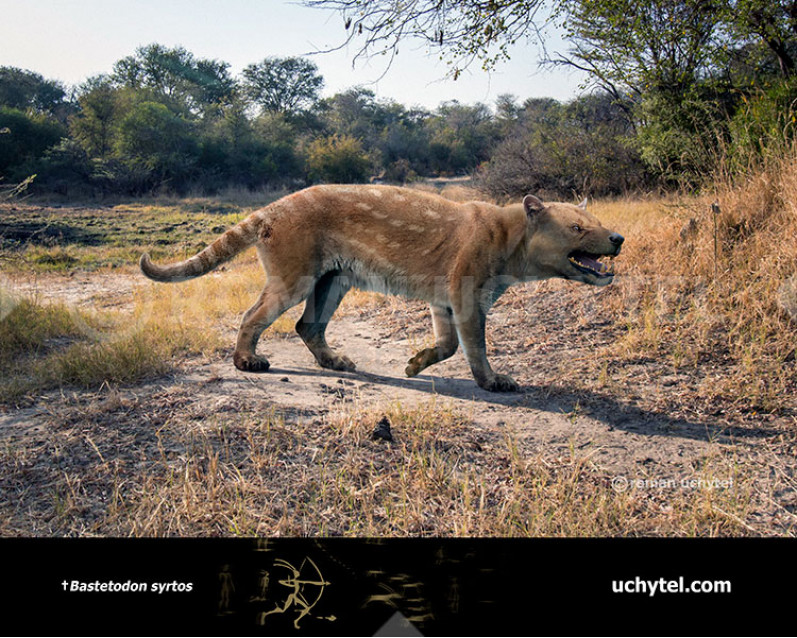
-797x638.jpg)

-70x56.jpg)
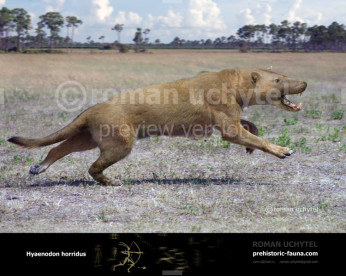
-346x277.jpg)
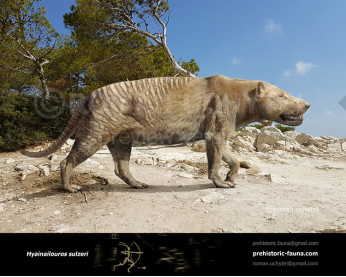
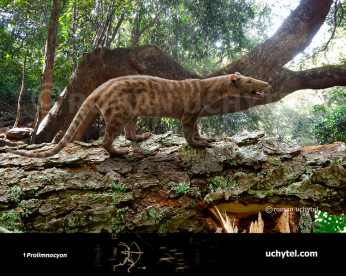
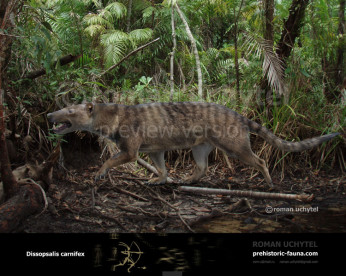
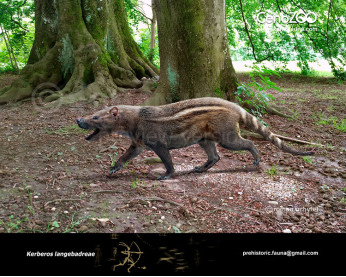
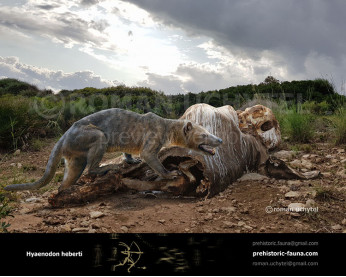
-346x277.jpg)